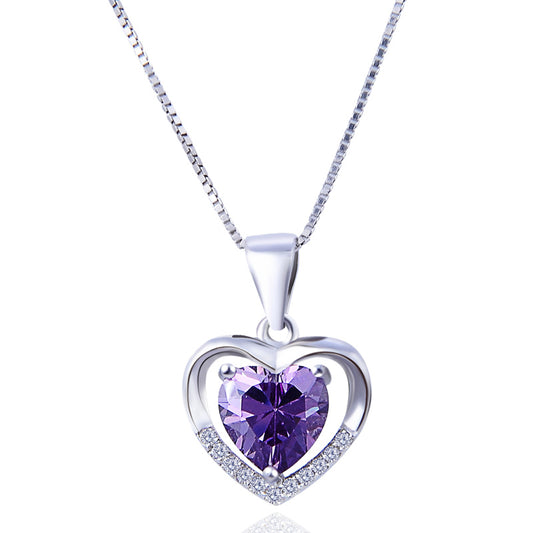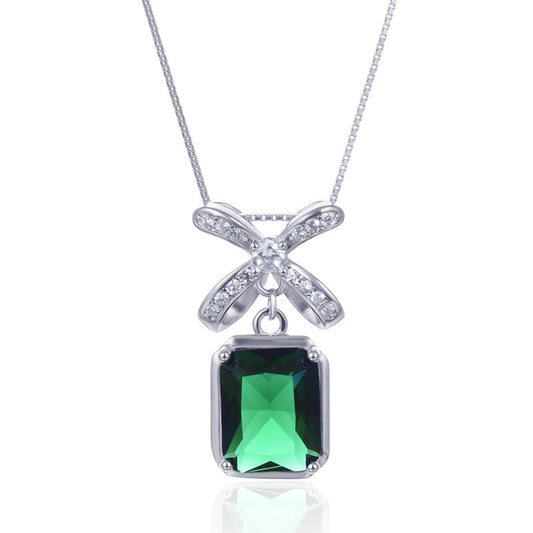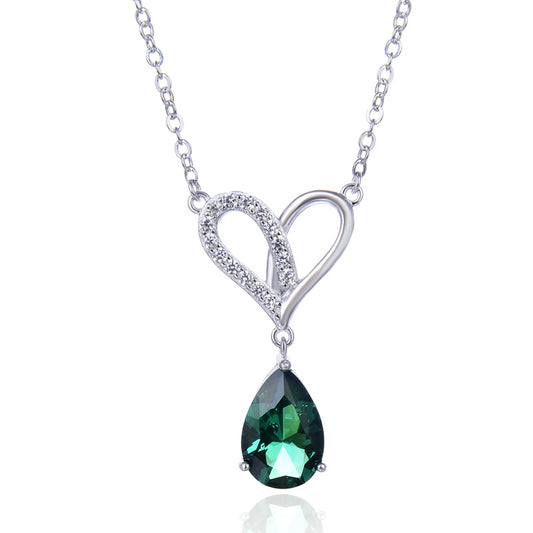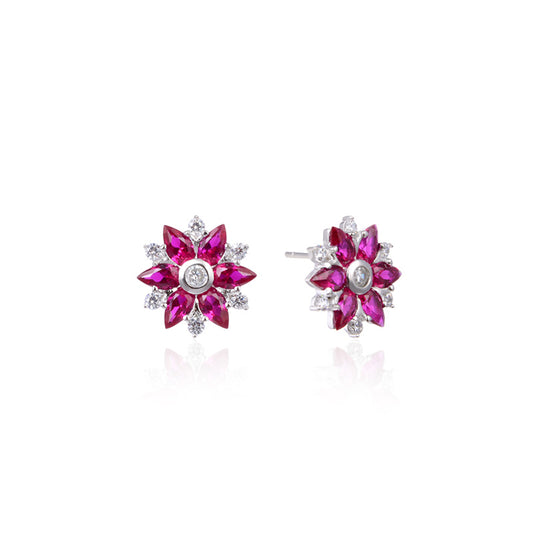Why is Purple the Color for International Women's Day?
As the world gears up to celebrate International Women's Day on March 8th, a particular color stands out in all its vibrant glory — purple. But have you ever wondered why purple was chosen as the official hue for this globally recognized day?
The history of purple's association with International Women's Day is deeply rooted in the feminist movement, specifically the suffragette movement of the early 20th century. This era marked a significant turning point in the fight for women's rights, particularly their right to vote. The suffragettes, a group of women in the United Kingdom who campaigned for women's suffrage, adopted a set of colors — purple, green, and white — as their official symbols.
Known as the WSPU colors (after the influential Women's Social and Political Union), these hues carried profound symbolic meanings. Purple, in particular, was chosen for its historical and cultural significance. Throughout history, purple has been associated with royalty, power, and elitism. Its rarity and expense made it an exclusive color, accessible only to the privileged few.
The suffragettes saw purple as a means of reclaiming this color of authority and power. By embracing purple, they were asserting that women, too, deserved equality, recognition, and respect. This color choice was not mere coincidence; it was a deliberate and powerful statement about women's rightful place in society.
Over the decades, purple became increasingly synonymous with the women's rights movement. Its association with International Women's Day solidified its status as a global symbol of women's equality and empowerment. Today, purple stands as a reminder of the original suffragettes' calls for change and the ongoing fight for women's rights around the world.
But the significance of purple goes beyond mere symbolism. It represents the vast array of women's experiences, identities, and contributions to society. Purple encompasses every shade and nuance, reflecting the diversity and complexity of women's lives. On International Women's Day, purple serves as a powerful reminder that women's rights are human rights and that achieving equality for women is crucial for the progress and well-being of our entire society.
The adoption of purple as the official color for International Women's Day is a testament to the suffragettes' legacy and the enduring spirit of the women's rights movement. It is a visible and tangible reminder of the struggle for equality and the importance of recognizing and celebrating women's achievements.
As we commemorate International Women's Day, let us embrace the color purple with pride and remember its rich history and deep meaning. Purple is more than just a color; it is a symbol of women's strength, resilience, and determination to achieve equality and empowerment for all.
In conclusion, purple was chosen as the color for International Women's Day due to its profound historical and symbolic significance in the women's rights movement. It represents the dignity, respect, and power that all women deserve and serves as a powerful reminder of the critical importance of women's equality in building a just, equitable, and thriving world for all.
As we celebrate International Women's Day on March 8th, let us honor the legacy of the suffragettes and the countless women who have fought tirelessly for equality. Let us wear purple with pride and stand in solidarity with women around the globe in their quest for equality, respect, and empowerment. Because when women thrive, so does the world.








